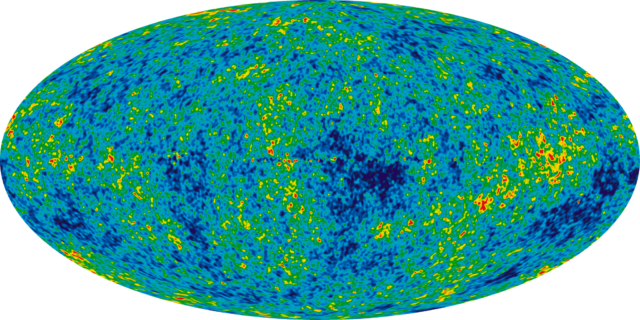
Aurich Lawson | Getty Images
Our Milky Way galaxy is speeding through the emptiness of space at 600 kilometers per second, headed toward something we cannot clearly see. The focal point of that movement is the Great Attractor, the product of billions of years of cosmic evolution. But we’ll never reach our destination because, in a few billion years, the accelerating force of dark energy will tear the Universe apart.
Whispers in the sky
Beginning as early as the 1970s, astronomers noticed something funny going on with the galaxies in our nearby patch of the Universe. There was the usual and expected Hubble flow, the general recession of galaxies driven by the overall expansion of the Universe. But there seemed to be some vague directionality on top of that, as if all of the galaxies near us were also heading toward the same focal point.
Astronomers debated whether this was a real effect or some artifact of Malmquist bias, the bias we get in our observations because bright galaxies are easier to observe than dim ones (for fans of statistics, it’s just another expression of a selection effect). It could be that a complete census of the nearby cosmos, including the much more numerous small and dim galaxies, would erase any apparent extra movement and return some sanity to the world.
But then came more detailed observations of the cosmic microwave background (CMB). The CMB is the leftover light from when our Universe cooled from a plasma state and formed neutral atoms when it was a mere 380,000 years old—a relative infant compared to its present 13.77 billion years of existence. The CMB absolutely soaks the sky (and, indeed, the entire Universe—something like 99.99 percent of all photons in the cosmos are part of the CMB), coming at us from every direction.
If I were to show you a map of the CMB across the whole sky, it wouldn’t look all that impressive—just a uniform blob of photons covering every square degree with a remarkably consistent temperature of around 2.75 Kelvin. But with enough sensitivity, you can detect a subtle, one-part-in-a-thousand difference. The CMB is ever-so-slightly hotter in one direction in the sky, and it’s equally cooler in the opposite direction.

NASA / WMAP Science Team
This is the CMB dipole, caused by the movement of the Earth through the Universe. Photons arriving from the forward direction get blueshifted to slightly higher energies, while photons coming up from behind us get redshifted to lower energies. Measuring the strength of that shifting reveals our total current speed—roughly 600 kilometers per second—and our direction: somewhere toward the constellation Centaurus.
We can easily account for some of that motion. The Sun is orbiting around the center of the Milky Way galaxy, and our galaxy itself is headed on a collision course with our nearest neighbor, the Andromeda galaxy. Those combined motions account for some of the 600 km/s, but not all of it.
It appears that we—and almost all the galaxies around us—are barreling toward some random spot in the Universe, compelled to move against our will by a distant and unknown source of immense gravity.
The Great Attractor.









